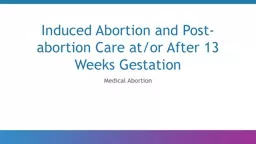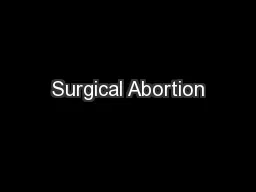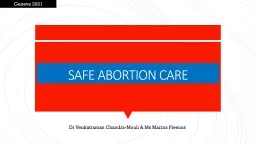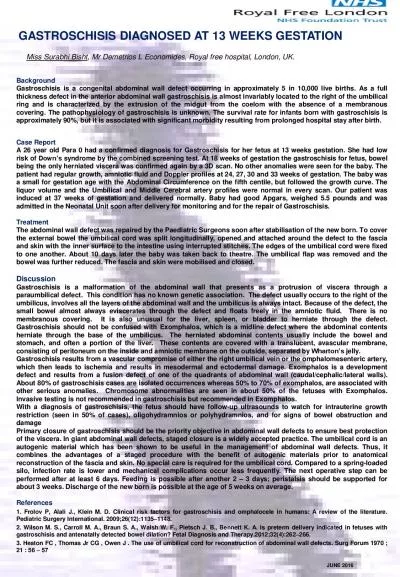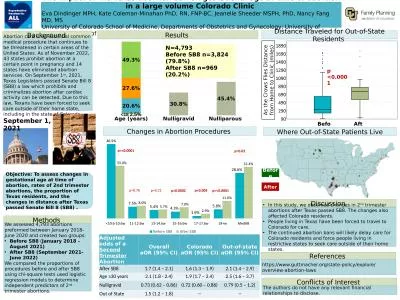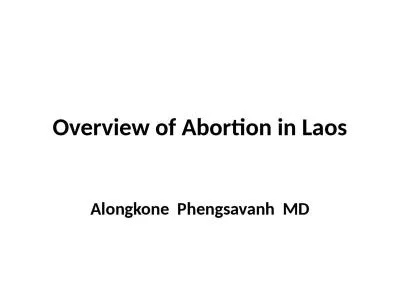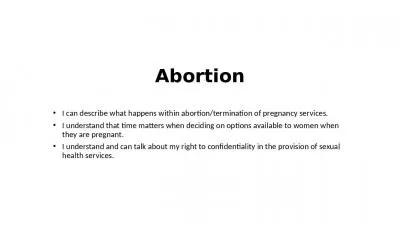PPT-Induced Abortion and Post-abortion Care at/or After 13 Weeks Gestation
Author : jones | Published Date : 2022-02-10
Medical Abortion Introduction The term trimester is being replaced by weeks These abortions carry excess morbidity and mortality compared to firsttrimester abortions
Presentation Embed Code
Download Presentation
Download Presentation The PPT/PDF document "Induced Abortion and Post-abortion Care ..." is the property of its rightful owner. Permission is granted to download and print the materials on this website for personal, non-commercial use only, and to display it on your personal computer provided you do not modify the materials and that you retain all copyright notices contained in the materials. By downloading content from our website, you accept the terms of this agreement.
Induced Abortion and Post-abortion Care at/or After 13 Weeks Gestation: Transcript
Download Rules Of Document
"Induced Abortion and Post-abortion Care at/or After 13 Weeks Gestation"The content belongs to its owner. You may download and print it for personal use, without modification, and keep all copyright notices. By downloading, you agree to these terms.
Related Documents

